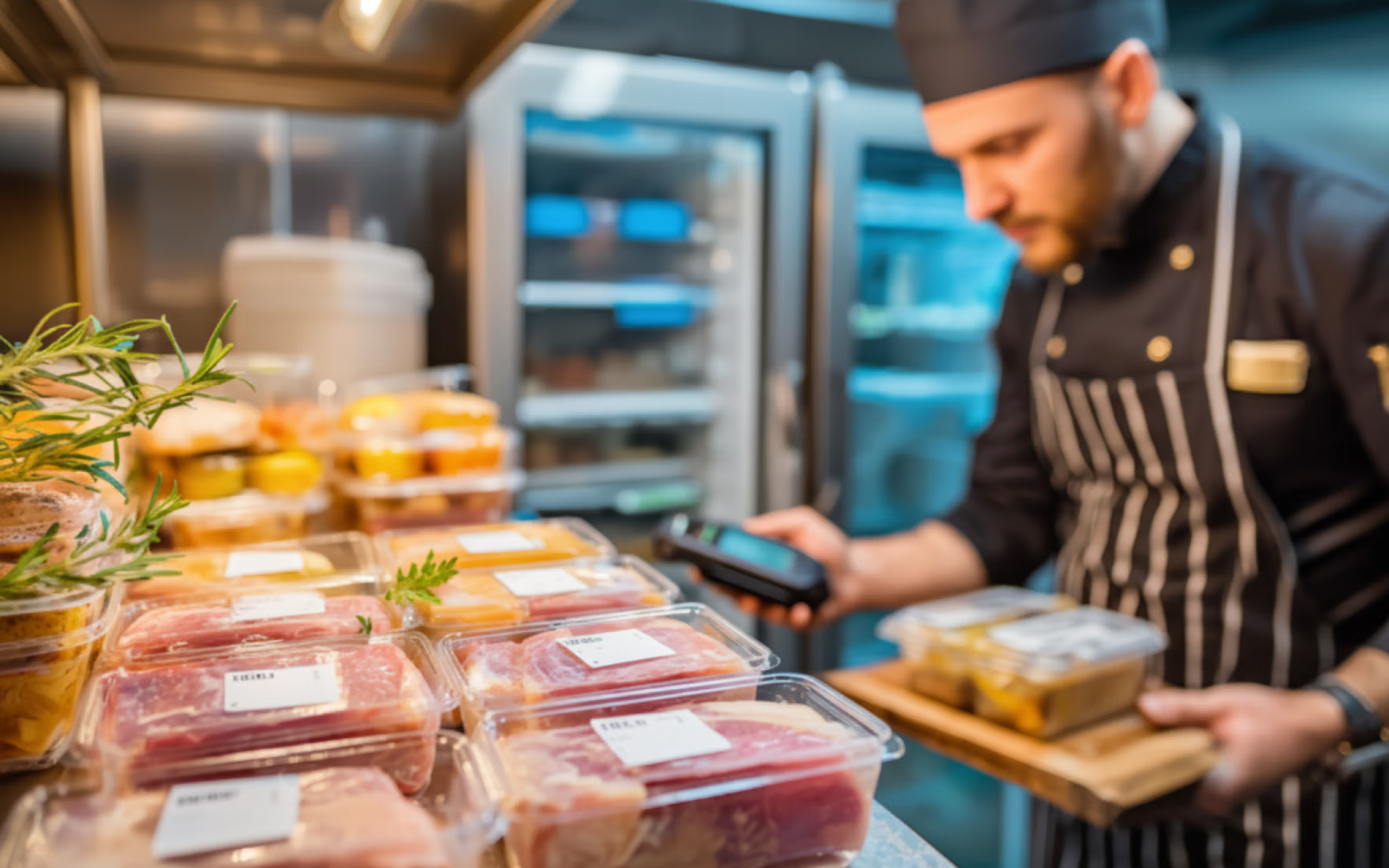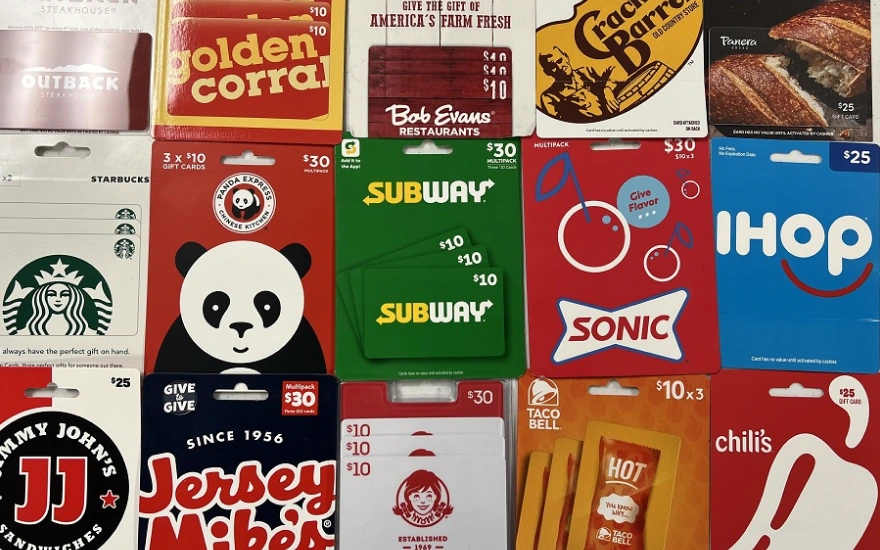Psychology of Menu Design to Influence Customer Spending

The psychology of menu design is one of the most important yet overlooked aspects of the dining experience. It has the ability to encourage spending and invite customers to make certain purchases that can boost profits. Knowing how to blend aesthetics with practicality is an art and a science but remains a mystery to many restaurant owners.
This comes as no surprise given that knowing how to open a restaurant is the first main obstacle to overcome. But once you’ve passed this milestone, you’ll need to direct a lot of your attention to answering important questions about your menu design.
What colors should my menu have? What impact do they have on emotion? And will this all really help increase sales?
Well, below we’re going to unpack all of this and show you how to incorporate different color schemes into your menu design to boost your restaurant's sales and enhance the dining experience.

The Impact of Color on the Psychology of Menu Design
Color is a powerful psychological tool that can significantly shape customer perceptions and choices. The colors used in your menu design can evoke specific emotions and trigger subconscious reactions, ultimately influencing what customers order.
Numerous studies have delved into the relationship between color and consumer behavior, highlighting the importance of color psychology in menu design. Let's explore how different colors can impact the dining experience.
Warm Colors (Red, Orange, Yellow)
Warm colors are known for their ability to stimulate appetite and create a sense of urgency. These hues can make customers feel hungrier and more inclined to order quickly. Red is especially vibrant and is often associated with increased heart rate and heightened excitement, which can encourage customers to make an impulsive purchase (Color Psychology, 2020). Deeper shades like the burgundy color can evoke a more refined or luxurious dining experience while still tapping into the appetite-stimulating effects of red.
Yellow and orange convey energy, heightened mental alertness, creativity, and a sense of happiness and ease (Total Food Service, 2023). Similar to the use of red, you'll often encounter yellow and orange in fast-food establishments aiming for a rapid customer turnover (think Mcdonald's).
Cool Colors (Blue, Green)
Bright green is a fantastic and lush color to incorporate into your menu because it has connotations of health and longevity. Green is commonly found in nature, which is why people associate it with vegetables and salads, making it a crucial color to use in your menu design if you’re catering to a health-conscious customer base.
Blue, on the other hand, is a color that you should avoid. Although there are no conclusive studies, restaurants tend to avoid incorporating blue into their color scheme because it’s believed to have a calming effect on the body and regulate appetite (Color Psychology, 2023) — the latter being something that you don’t want as a restaurant owner.

Leveraging Color in The Psychology of Menu Design for Profit
Highlighting High-Profit Items
Another effective strategy you can utilize is using color to draw attention to high-profit or signature dishes. This is done by using complementary colors or contrasting backgrounds to create a visual hierarchy that guides customers' eyes toward these items.
Here’s how you can highlight high-profit items:
- Complementary Colors: These are pairs of colors that sit opposite each other on the color wheel, such as red and green, or blue and orange. Using complementary colors in your menu design can create a strong visual impact. For instance, if you have a high-profit seafood dish, you might use a background color that complements the color of the seafood, making it stand out vividly. This draws the customer's attention and encourages them to consider ordering it.
- Contrasting Backgrounds: Another effective technique is to employ contrasting backgrounds. If your signature dish is known for its vibrant colors, placing it against a background with a strong contrast can make it pop out of the menu. For example, if you serve a colorful fruit salad, using a dark background can create a striking contrast and make the dish more visually appealing.
- Font and Typography: In addition to colors, consider using typography strategically. Use larger or bolder fonts for the names of high-profit or signature dishes. The contrast in font size can immediately draw the eye to these items, making them more noticeable.
- Whitespace: Don't underestimate the power of whitespace or negative space. Leaving some areas of your menu uncluttered and free from distractions can make the highlighted dishes stand out even more. Whitespace allows customers to focus on what's most important — the dishes you want them to consider ordering.
- Visual Cues: You can also employ visual cues, such as icons or symbols, next to high-profit dishes. For example, a star or a special symbol can indicate that a dish is a signature item. These visual cues quickly convey importance and encourage customers to explore these highlighted options.

Practical Tips for Effective Menu Psychology
There are many tricks that you can use in your menu design, including upselling and cross selling, that can influence customer spending. Below are a number of different psychological tips you can leverage and experiment with:
Thoughtful Layout
Consider the layout of your menu carefully. Start with a clear and logical structure that makes it easy for customers to navigate. Group similar items together, use headings, and organize sections intuitively. Ensure that your menu flows logically, guiding customers from appetizers to desserts.
Font Choices
Select fonts that are both aesthetically pleasing and easy to read. Avoid overly ornate or script fonts that may hinder readability. Choose fonts that match your restaurant's style and ambiance while prioritizing clarity.
Selective imagery
Although a well-photographed dish can whet the appetite, it’s important to limit the use of images. Menus with too many images are associated with low-end restaurants, which may curb customer spending. Studies reveal that having only one photo per page can increase sales by up to 30% (WebstaurantStore, 2023). Based on this, you may want to preserve this image for your most expensive meal to nudge customers closer to the purchase.
Pricing Strategy
Be mindful of how you present prices. Research suggests that removing the currency sign can encourage customers to spend up to 30% more (Wisk, 2023) because it makes prices appear friendlier and less expensive.
Social Proof
Highlight popular or signature dishes with visual cues like stars or icons. Indicating that certain items are customer favorites or chef's recommendations provides social proof that can influence diners' choices.
Seasonal Adaptations
Don't forget to adapt your menu's color scheme to align with seasons and special promotions. Customers associate specific colors with certain times of the year, making this an effective way to create a seasonal atmosphere and promote limited-time offers.

Final Thoughts on the Psychology of Menu Design
Color psychology plays a significant role in influencing customer spending. Restaurants that prioritize strategic color choices in their menu design can encourage higher sales and a more engaging dining experience for their guests. Traditional warm colors such as red, orange, and yellow are often employed to stimulate appetite and create a sense of urgency.
This is a trend that can be seen by heavyweight brands in the fast food industry, such as KFC, Mcdonald's, and Pizza Hut. Green is associated with wellness due to its association with greens, while blue, by and large, is a color that tends to be avoided, due to its ability to regulate appetite.
These color schemes can then be incorporated in a variety of different ways to focus your customers’ attention on specific dishes and persuade them to make certain purchases. Combine this with the practical but powerful psychology of menu design tips and you’ll have an optimized and inviting menu capable of boosting profits.



